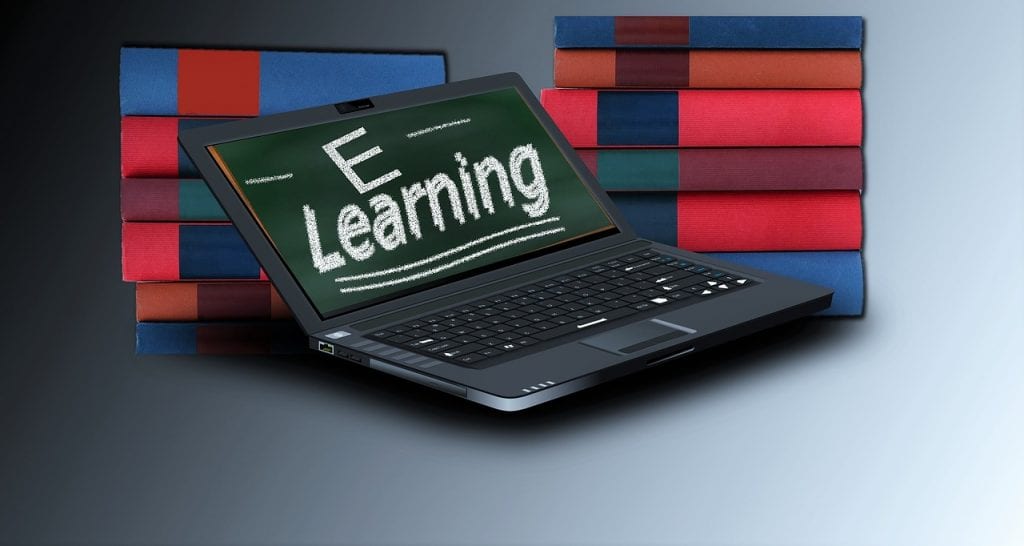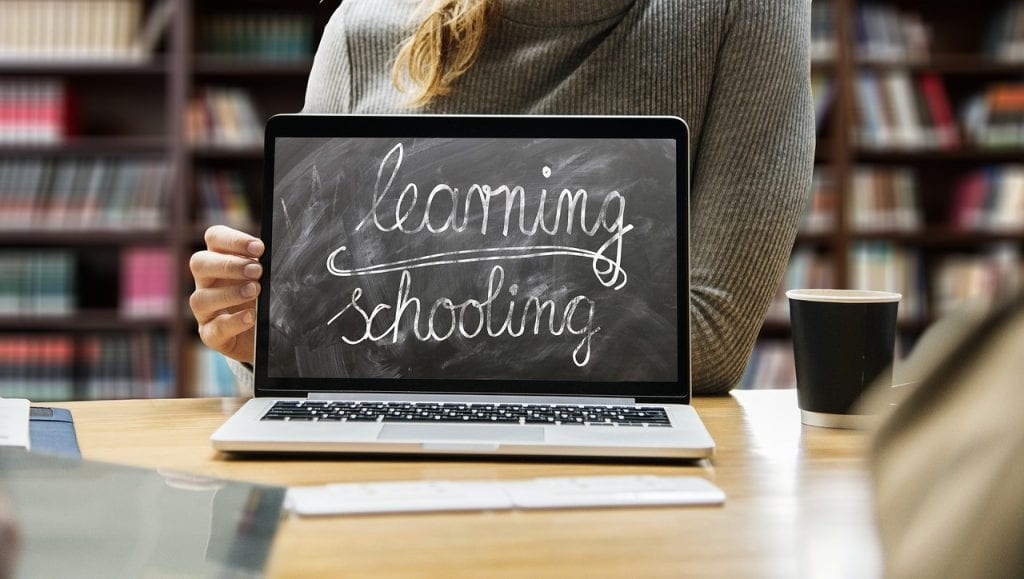My views, knowledge and understandings of an education professional in digital environments has developed over the course of this subject. I was hoping to better understand digital technologies which could be used to broaden student learning experiences and collaborative opportunities. This subject has given me some insight into this area, but I am not confident with my application of this knowledge at this time.
Module 1.3: Trends in Technology highlighted the various skills for the 2020 workforces, and the idea of a ‘Global One Room Schoolhouse’ by John Seely Brown.
The ideas posed in ‘Future Work Skills 2020’ showed the importance of 21st Century graduates possessing a wide skill set. I found these ideas interesting and saw connections of the key skills to some of the Australian Curriculum General Capabilities and Cross-Curriculum Priorities. To ensure my students can become effective and efficient workers, I now feel more confident to incorporate the General Capabilities and Cross-Curriculum Priorities more explicitly into my classes.
The ‘Global One Room Schoolhouse’ is associated with the idea of connected learning through social or collaborative tools. From the video, I considered the potential of this type of learning to connect with experts in different fields and across the globe. I would like to try incorporating Skype meetings to engage students in first-hand commentary from professionals in fields of study.
Module 1.4 introduces Helen Haste’s concept of Problem Solver vs Tool User. She discusses how the tools we have available change how we approach a problem. I considered that problem solvers were tool users, just using a wider range of tools. To apply this understanding, I would have my students consider the tools and skills they have available to them and how they could be used to solve a problem or information need. In doing so, my students and colleagues become aware of what the student brings to the classroom, and can assist in developing other tools/skills to enhance learning.
Connectivism was a new concept to me this semester, but I have referred to it many times since learning of it. I think this concept has the potential to link to my previous comment of problem solver vs tool user. By using digital environments (tools), students can respond to information needs, and create and share new knowledge and understandings. I can apply this concept through using digital platforms (GoogleDocs, social curation tools, flipboard) for students to share understandings or questions for their peers to respond to.
Through Module 4: Globalisation of Learning, I discovered that globalising learning can challenge how and why we learn (Selwyn 2012) . We are now learning through digital interfaces from ebooks, online courses, including video-based lessons and online collaboration. The reason for our learning, and for teaching students to learn digitally, is to provide learners with the knowledge and skills to compete in a knowledge-based economy, where their learning here would allow them to work elsewhere.
Geo-spacial learning (Module 4.2) provided me with some ways to involve students in the world around them. I enjoyed learning of ways to do this in the set readings and the discussion forum. I had not heard of some of the tools before now. This is an area which I need to further research to better understand these tools and possibilities into inquiry learning.
I greatly enjoyed the content associated with digital literacy (1.5), information behaviour (2.2), Information Fluency (3.2), and curation (3.7). These topics showed the connections of library skills and behaviours to all aspects of learning. I have added these different perspectives to my own understanding.
In my role as an education professional in digital environments, I think it is important for students to know how to solve problems and use the tools available to them. They need to know how to learn. It is also important for students to have opportunities to interact with and explore the world around them to gain a bigger picture of the impact their learning could have on their lives.
References
Connected Learning Alliance. (2012, September 18). The global one room schoolhouse: John Seely Brown. Retrieved from https://youtu.be/fiGabUBQEnM
Davies, A., Fidler, D., & Gorbis, M. (2011). Future work skills 2020. Retrieved from http://www.iftf.org/uploads/media/SR-1382A_UPRI_future_work_skills_sm.pdf
Haste, H. (2009, June 25). Technology and youth: Problem solver vs tool user. Retrieved from https://youtu.be/YZRoS5QlJ44
Selwyn, N. (2012). Education in a digital world: Global perspectives on technology and education. [Routledge]. Retrieved from ProQuest Ebook Central.



